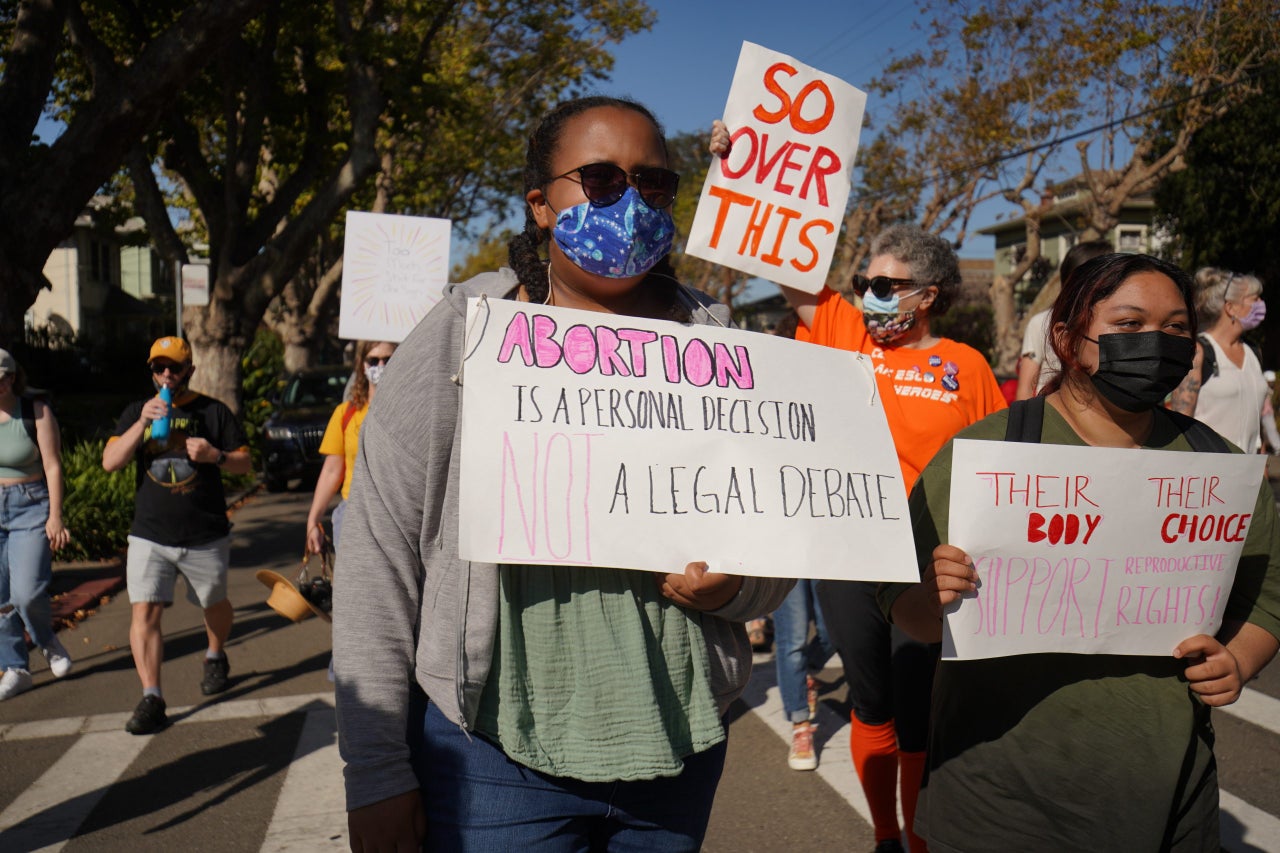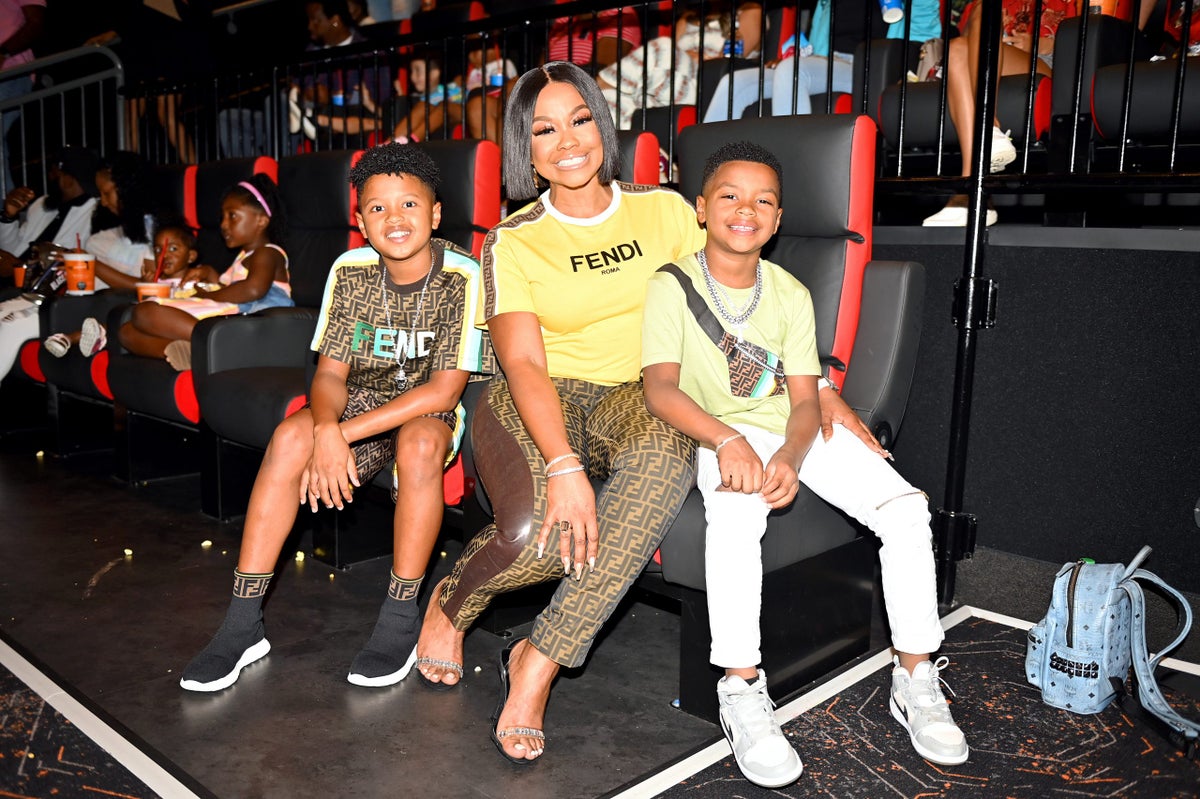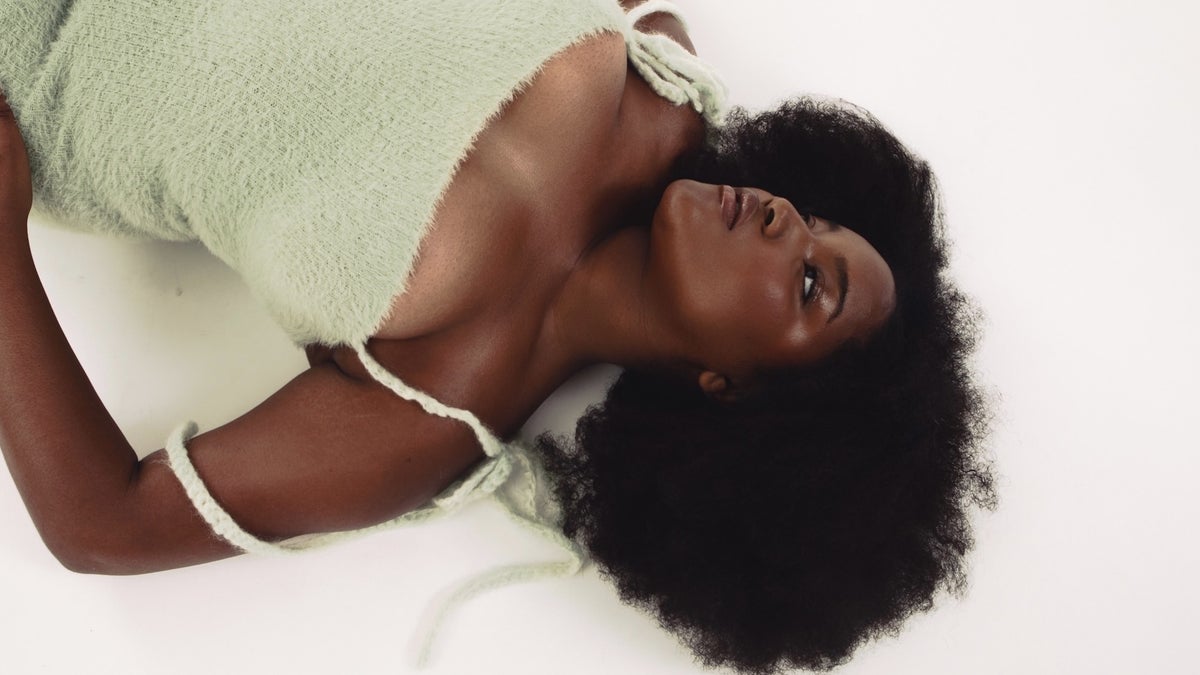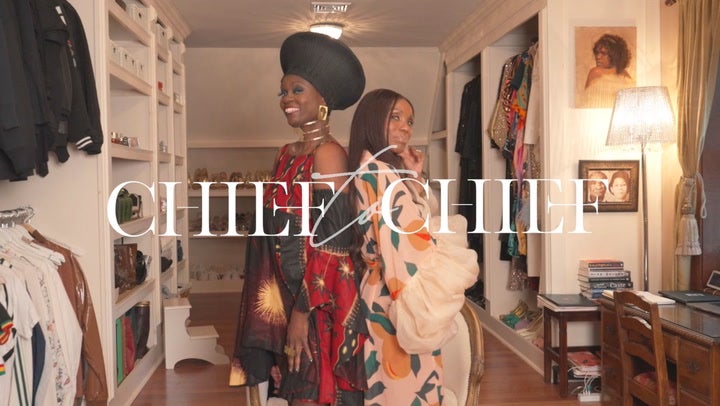
Today marks the one-year anniversary of the Supreme Court’s ruling in Dobbs v. Jackson Women’s Health Organization, which rescinded the constitutional protections for abortions that had been in place for the last five decades.
The decision to overturn Roe v. Wade essentially gave the power to state legislators and the courts, and “left many—doctors, legal scholars, pregnant people—wondering, What happens now?”
What has changed? Thus far, “[a]bortion is banned or severely restricted in 16 states…and…nearly 700 abortion bills have been introduced in 2023 so far,” as of June 20, 2023. Of the bills that have been introduced, half of the legislation has been in favor of expanding access, while the other half has been the opposite and imposed restrictions.
The Guttmacher Institute, which monitors abortion legislation at the state level, even created an interactive map, to visually display the landscape for where abortion stands, analyzing policies on a state by state basis.
While many feared an influx of witch hunts, there has been “little evidence that doctors, women, or those who help them get abortions are being prosecuted.”
What effect has the Supreme Court ruling had on the abortion rate? It is unknown whether the amount of abortions performed has increased or decreased. As Associated Press reports, we do know that “women have flocked to states with legal access,” but the actual “number of abortions is not clear.”
But we do know that “[t]he impact of abortion restrictions is not felt equally” and that banning abortions “cause[d] outsized harm for people of color.”
“Women of color face more structural barriers to care to begin with, and those inequities are exacerbated when these policies further diminish their power and bodily autonomy,” said Headspace Health’s chief social impact and diversity officer Wizdom Powell, PhD.
Black women have higher rates of complications before, during, and after pregnancy. “Because of these disparities, women of color are more likely to need lifesaving abortions.”
Pre Dobbs, data from the U.S. Centers for Disease Control and Prevention (CDC) showed that “nearly a third of all abortions in this country are performed on Black women.” The abortion disparity becomes even more clear when you conflate the aforementioned statistic with the fact that the majority of Black Americans reside in the South, which is home to many of the states with the most restrictive laws.
Activists are fighting back, and there has been a surge in lawsuits since the decision was made public, more than 50 have been filed since last year. While lawsuits have long been at the crux of the abortion debate for many years, the burden has shifted. Instead of anti-abortion groups having to prove justification, abortion-rights advocates now have “to prove that the restrictions are too harsh.”
Yes, the situation is still even more dire, 365 days later. Safe states might not always remain safe. But we need to remember that there is hope, and it’s coming from the newest generation, who’s not taking this news sitting down.
Justice + Joy, “an intergenerational, gender, and racial justice advocacy organization,” released a report earlier this year, and here’s what they heard from Gen Z: one participant said, “I’ve learned that we can’t just expect the people in power to have our backs and support us. So I think we need to take the steps to use our power to elect our leaders and hold them accountable to bring change.”
As Jeannette Pai-Espinosa, Justice + Joy president said, “Opponents of reproductive rights may see Dobbs as a watershed moment, but so do we. We stand with a growing movement of young people whose power is about to be felt by their elected leaders in a historic way.”







